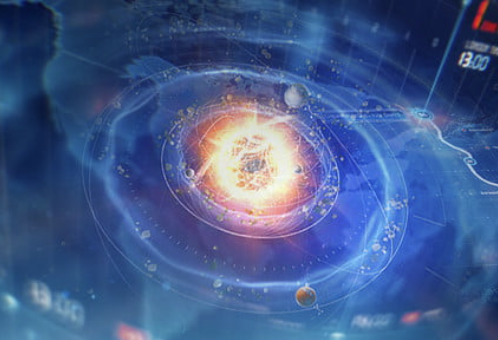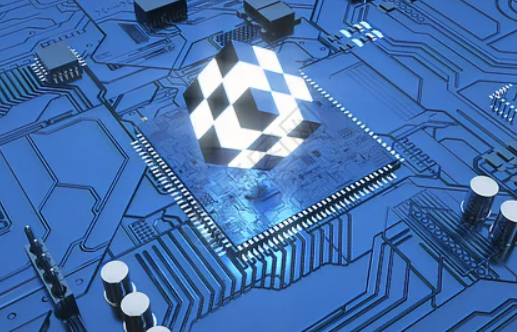At the onset of exercise in humans, there are several changes that occur in the cardiovascular system to meet the increased oxygen demand of active muscles. These changes include:
Heart Rate (HR): HR increases rapidly at the onset of exercise due to activation of sympathetic nervous system and withdrawal of parasympathetic tone. This increase in HR helps to deliver more oxygenated blood to working muscles.
Stroke Volume (SV): SV also increases at the onset of exercise due to an increase in venous return caused by muscle contractions and sympathetic activity. This results in a higher volume of blood being ejected with each heartbeat.
Cardiac Output (CO): CO is calculated by multiplying HR and SV, and therefore it also increases at the onset of exercise. The increased CO ensures that more oxygenated blood is delivered to working muscles.
Mean Arterial Pressure (MAP): MAP initially increases during exercise due to increased cardiac output and vasoconstriction in non-essential organs such as the kidneys and digestive tract, which directs more blood flow towards working muscles.
Patterns of Blood Flow: During exercise, blood flow is directed away from non-essential organs towards active skeletal muscles, resulting in increased muscle perfusion.
Overall, these changes help to ensure that sufficient oxygenated blood is delivered to active muscles during exercise, while maintaining adequate perfusion to other vital organs such as the brain and heart.





















